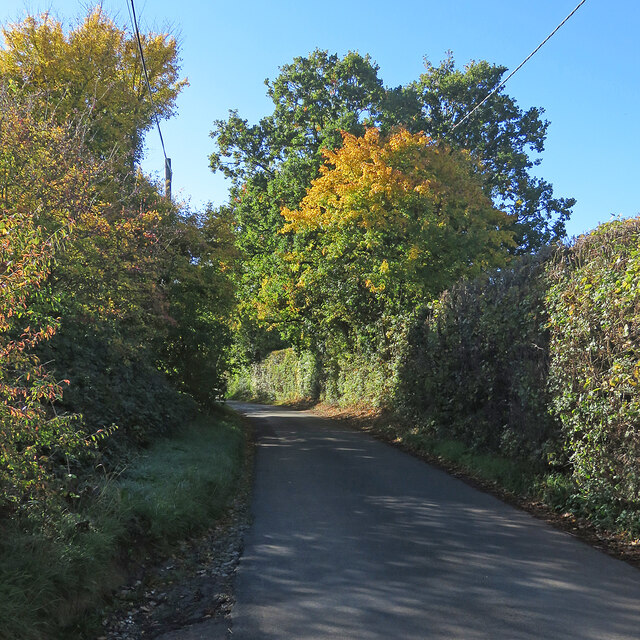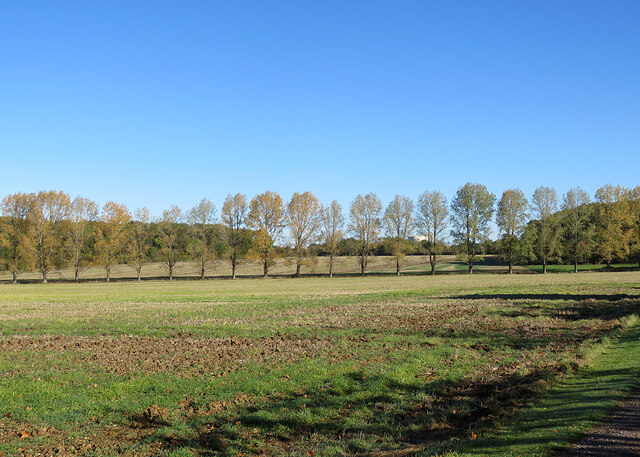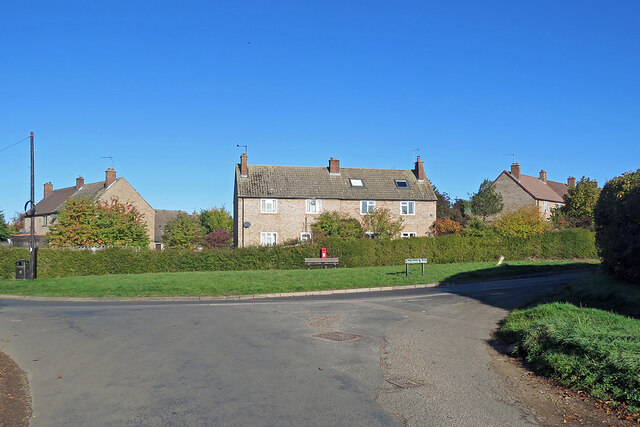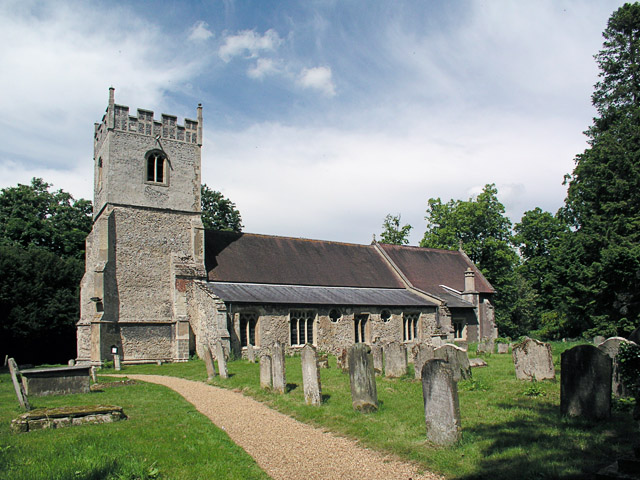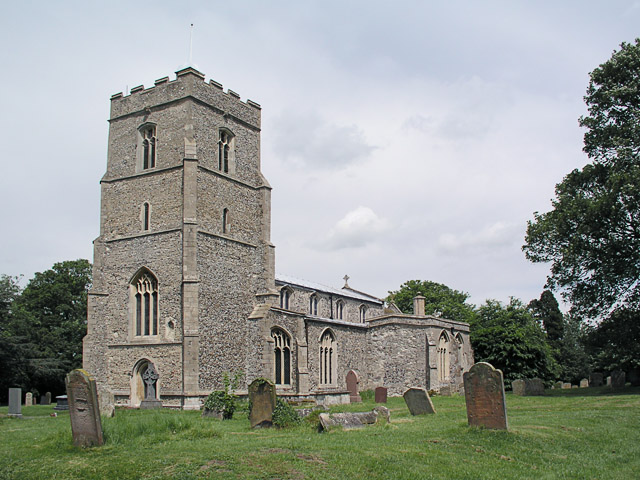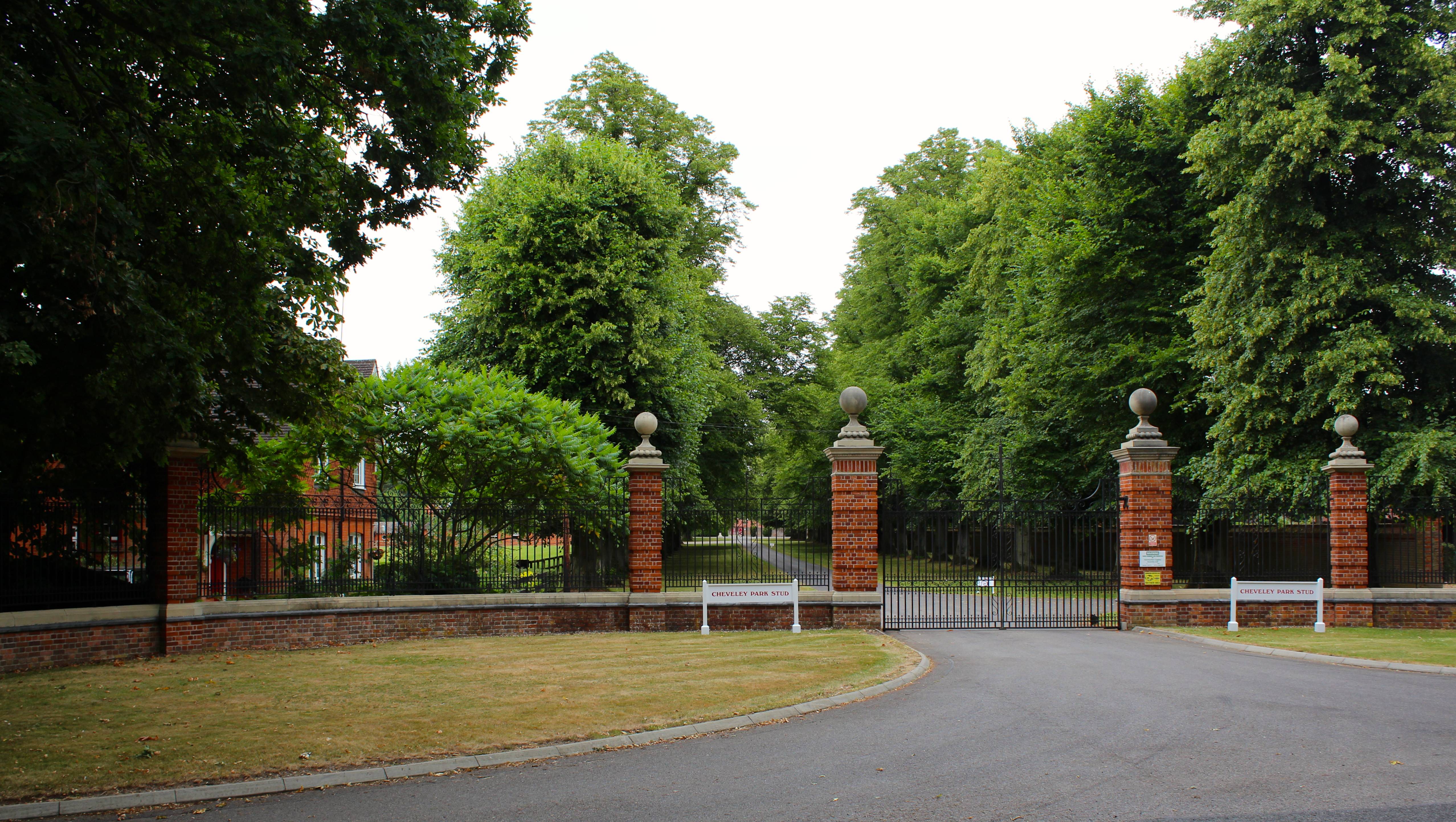Dane Bottom
Valley in Cambridgeshire East Cambridgeshire
England
Dane Bottom

Dane Bottom, located in Cambridgeshire, England, is a picturesque valley renowned for its natural beauty. Situated in the southern part of the county, the area is characterized by rolling hills, lush green meadows, and charming streams that flow through the landscape. The valley is named after the Dane River, which meanders gracefully through the bottom, adding to the serenity of the surroundings.
The region is rich in biodiversity, with diverse flora and fauna found in abundance. The valley's fertile soil supports a variety of plant life, including wildflowers, ancient woodlands, and hedgerows. It serves as a vital habitat for several species of birds, mammals, and insects, making it a popular destination for nature enthusiasts and birdwatchers.
The peaceful ambiance of Dane Bottom attracts visitors seeking tranquility and a break from the bustling cities. It offers numerous recreational activities such as hiking, cycling, and picnicking, making it a perfect spot for outdoor enthusiasts. The well-maintained trails provide opportunities for exploring the valley's stunning scenery, while the river offers options for fishing and boating.
Dane Bottom is also known for its historical significance. The area has witnessed human settlement for centuries, and traces of ancient civilizations can be found in the form of archaeological sites and medieval ruins. These historic remnants add an extra layer of charm to the valley, attracting history buffs and archaeology enthusiasts.
Overall, Dane Bottom, Cambridgeshire, is a haven of natural beauty, offering a tranquil escape from the urbanized world. Its stunning landscapes, abundant wildlife, and rich history make it a must-visit destination for those seeking to immerse themselves in the wonders of the English countryside.
If you have any feedback on the listing, please let us know in the comments section below.
Dane Bottom Images
Images are sourced within 2km of 52.205719/0.41258969 or Grid Reference TL6459. Thanks to Geograph Open Source API. All images are credited.

Dane Bottom is located at Grid Ref: TL6459 (Lat: 52.205719, Lng: 0.41258969)
Administrative County: Cambridgeshire
District: East Cambridgeshire
Police Authority: Cambridgeshire
What 3 Words
///buzzer.country.winemaker. Near Newmarket, Suffolk
Nearby Locations
Related Wikis
Stetchworth
Stetchworth is a small village and civil parish in East Cambridgeshire, England, 3 miles (5 km) to the south of the horse-racing centre of Newmarket and...
Woodditton
Woodditton is a village and civil parish in East Cambridgeshire, England. The other settlements in the parish are Ditton Green, Little Ditton and Saxon...
Dullingham
Dullingham is a small village and civil parish in East Cambridgeshire, England. It is situated 4 miles (6 km) south of Newmarket and 14 miles (23 km) east...
Cheveley Park Stud
Cheveley Park Stud is a thoroughbred racehorse ownership and breeding operation in Newmarket, Suffolk, UK, which has bred and owned many notable horses...
Nearby Amenities
Located within 500m of 52.205719,0.41258969Have you been to Dane Bottom?
Leave your review of Dane Bottom below (or comments, questions and feedback).

